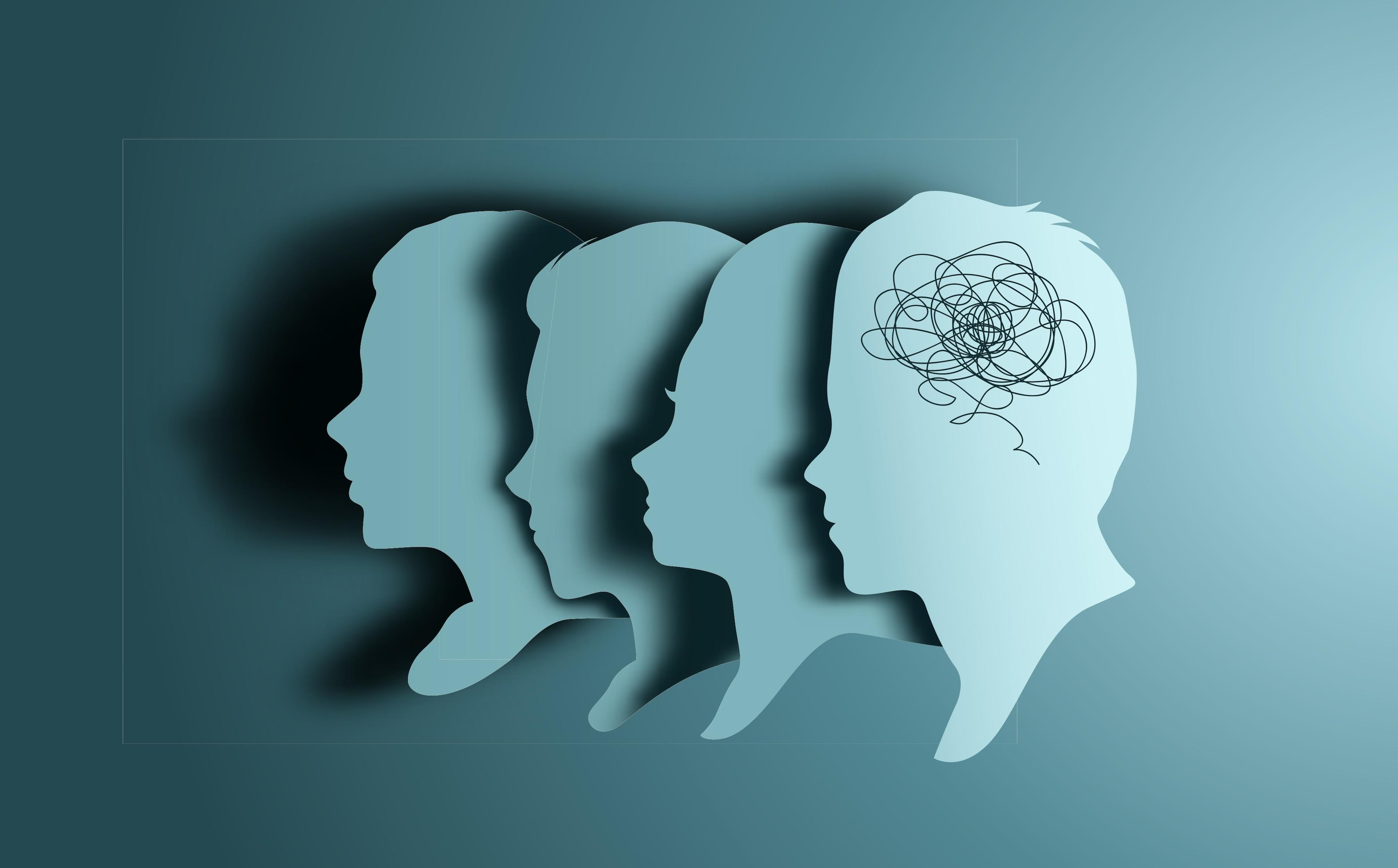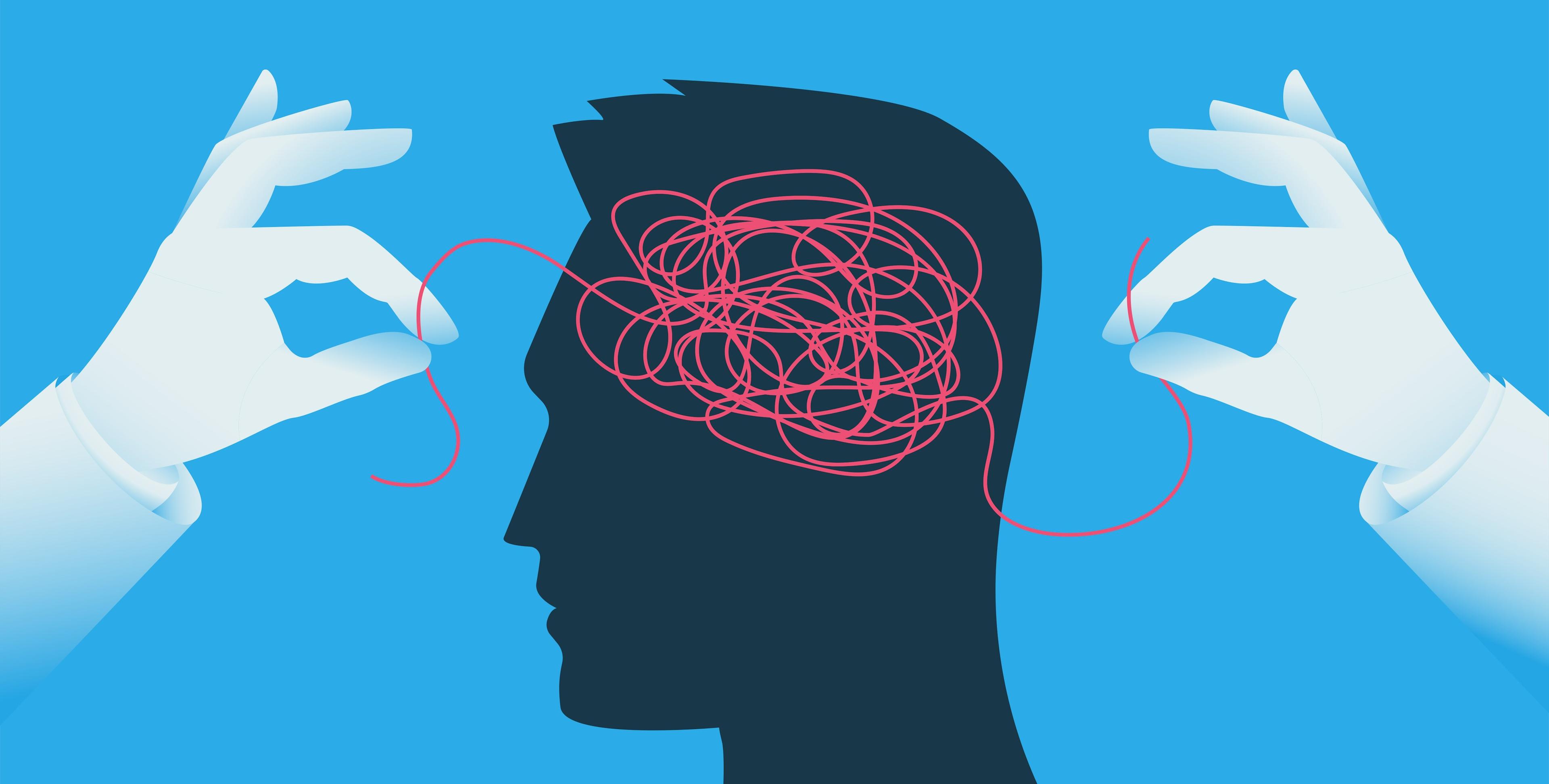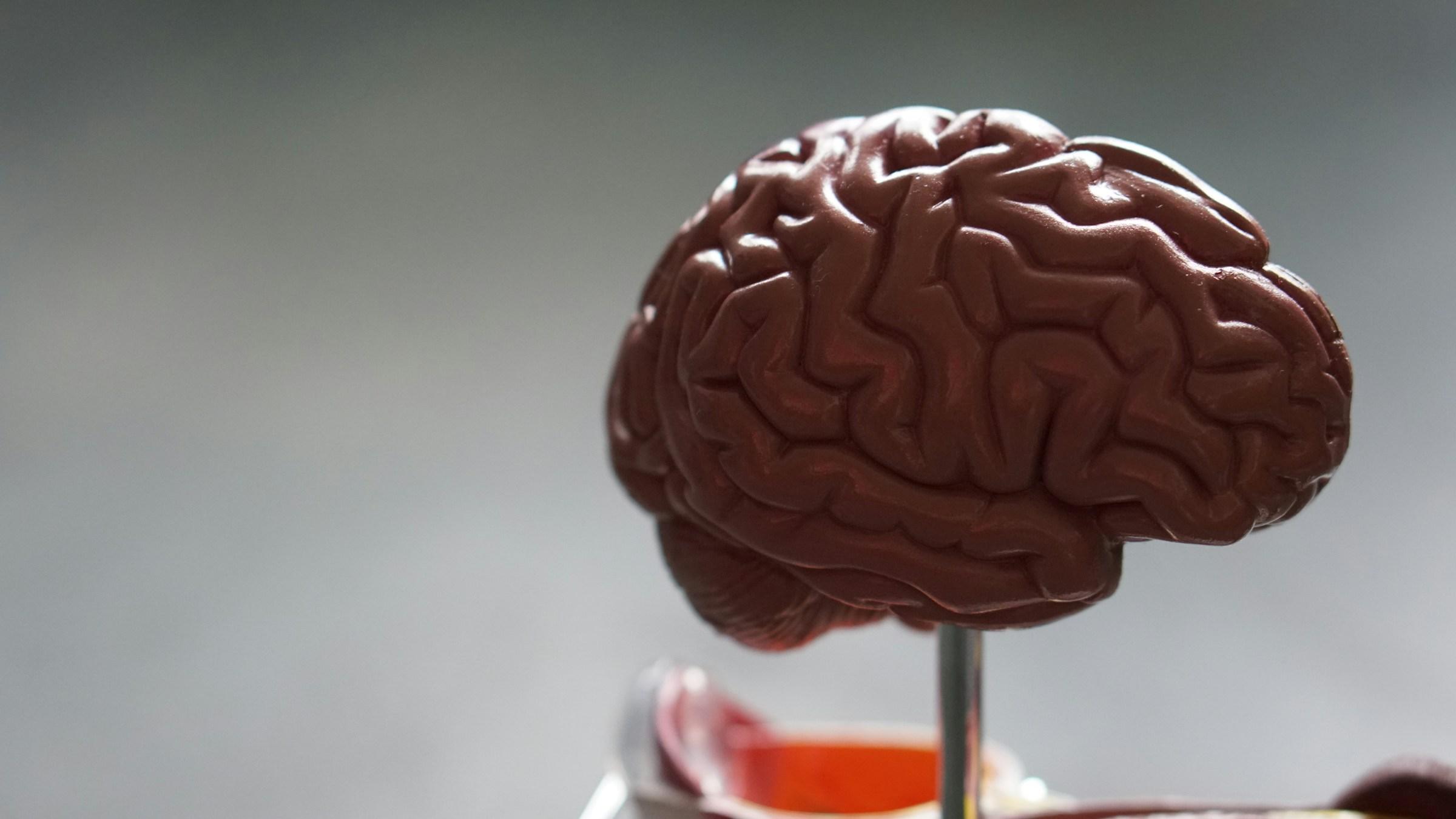Aging in the brain rarely announces itself with fanfare. More often, it drifts into ordinary moments and lingers there, gentle yet unmistakable if you know how to look. You set a mug on the counter and turn to fetch the tea leaves, only to find your attention snared by a notification, and by the time you return the water has cooled and your intention has thinned. You greet a neighbor and feel the name hang a breath beyond reach. You open a cupboard and pause to remember which shelf holds the strainer. None of these scenes by themselves prove decline. Together, they sketch a pattern of shifts that many healthy people notice with time. The brain continues to learn and adapt well into later years, yet it asks for steadier conditions. When daily life provides clear cues, calmer environments, and kinder transitions, recall and focus become easier and the small frictions of the day begin to ease.
One of the first changes many people notice lies in retrieval time. Names, titles, or specific terms do not disappear so much as take the scenic route back. You remember where you met someone before the name arrives. You can recount the plot of a film while waiting for the actor’s surname to surface. These pauses feel longer in noisy, over lit rooms and shorter in spaces that are quiet and bright without glare. Context acts as a ladder for memory, and the home can supply that ladder without fuss. A tray by the door for keys and mail becomes more than storage. It anchors a sequence. You enter, set things down, jot a quick note, and in that small ritual you give the brain landmarks that help it re thread what it was holding.
Processing speed also shifts in a way that favors depth over juggling. Many people still complete the same tasks, yet prefer to do them one at a time. Rapid switching from message to spreadsheet to stove creates a thin, stretched feeling. This is not a flaw in character. It is a signal that attention thrives when competition is reduced. A kitchen counter arranged for single steps rather than whole meals lowers cognitive load. A desk that shows only the folder for the current task keeps the mind from bracing against five other duties at once. With less visual and mental noise, the brain can close one loop cleanly before opening the next, and energy lasts longer across the day.
Language introduces another subtle change. The word you want occasionally lingers just out of reach, especially when stress runs high or sleep runs short. People who love language often take these pauses personally. It helps to remember that the brain does not retrieve words in a vacuum. Light, sound, posture, and fatigue all influence access. Warm lamps instead of harsh overhead glare, a small plant in your line of sight, and gentler color contrast around your workspace can drop background tension enough to free the syllable you need. Morning light that ramps up and evening light that softens help the brain’s timing systems reset, and that regularity supports recall as surely as a dictionary on the shelf.
Navigation within familiar spaces shifts as well. You know the house, yet you take one extra beat to remember which drawer hides the measuring spoons. The easy response is to buy more bins. The wiser response is to choose fewer, clearer homes for what you use most. Open shelves for daily bowls and mugs, a single rail of hooks for keys and bags, and one standing tray for mail create a predictable path for both objects and memory. When the answer to where something lives never changes, recall does not waste energy searching. Predictability becomes a gift you give your future attention.
Fatigue gathers in the late afternoon for many people. It feels less like normal sleepiness and more like fog with a sharp edge. Instead of pushing through, it helps to create a small, repeatable intermission that uses simple sensation to reset the nervous system. A short walk to a window, the cool feel of glass under your palms, a few deliberate breaths, and a glass of water do more than a second coffee for many bodies. If a snack helps, a handful of nuts or a piece of fruit stabilizes energy without the roller coaster of sugar. The key is placement. If the slump arrives at the desk, place a narrow tray there with a carafe and a small bowl. You are not indulging yourself. You are building infrastructure for attention to return.
Sensitivity to distraction often climbs with time. A faint appliance hum, a television in another room, or a phone lighting up in your periphery can churn the mind away from the task at hand. You can label the problem as willpower and feel scolded by your own expectations, or you can treat it as architecture. Cluster noisy tools so their sounds happen together. Run the dishwasher and blender in predictable windows rather than as a constant background. Place a charging shelf outside your work zone so the phone sits where you cannot see it. When you curate the soundtrack of your day, attention stops fighting a war that no one can win.
Sleep also evolves. Some people drift off later than before. Others wake earlier and struggle to return to rest. The brain depends on cues that say it is time to power down. A bathroom treated as a transition room helps. Lower light, warm towels, an unscented soap or a single familiar scent, and a basket for devices that do not cross the bedroom threshold form a ritual that tells the body what comes next. In the bedroom, a nightstand with only a lamp, a book, a carafe of water, and a dish for glasses or earplugs creates a visual hush. Clutter at that hour is not neutral. It whispers of unfinished tasks and steals the very calm sleep requires.
Emotional tone often shifts alongside cognitive changes. You may feel quicker to irritation in traffic or more brittle when plans change. This is not a moral failing. It reflects bandwidth. When bandwidth narrows, surprises feel larger. A visible weekly calendar with only the top three commitments each day gives a truer picture of your load and reduces the shock of new requests. A restorative corner in the home, even a small one, offers a place where the nervous system can settle. A chair that fits your body, a throw you enjoy, and a plant or photo that reminds you to exhale can recalibrate your tone in minutes. The return on that investment shows up in conversations, decisions, and patience for the rest of the day.
For many people, visual clutter tolerance drops with time. A drawer that once hid a mess now hums at the edge of awareness. The solution rarely requires a dramatic purge. It rewards a change in friction. Store like with like. Reduce unnecessary variety. One style of white plate rather than five patterns removes dozens of micro decisions. One type of pen instead of a scattered jar of mismatched options keeps the hand from hesitating. These small constraints clear cognitive space without demanding constant discipline. The room gets quieter, and the mind follows.
Social memory leaves its own clues. You remember stories vividly yet cannot recall whether you already told one to this friend. You greet a neighbor while searching for the detail that would make the exchange feel personal. A simple notebook by the door can change this story. Jot down names after gatherings and note one memorable detail. The act of writing lays a second imprint. A small board in the kitchen that lists regular events and the names you expect to see adds another cue. These supports do not replace memory. They prime it, and that priming often restores the natural flow of conversation.
Time itself can feel elastic. A quick scroll devours twenty minutes. A short chore expands to fill an hour. The brain benefits when time becomes visible again. An analog clock in the kitchen returns minutes to the body. A soft chime at the top of the hour in a work area creates natural checkpoints without judgment. A small sand timer by the sink brings rhythm to dish duty or teeth brushing and turns tasks into bounded rituals. When time returns to felt experience, planning grows kinder and more realistic.
Movement offers further clues. A shoulder clips a doorway. A step height on a familiar staircase surprises the foot. Strength and balance exercises help, yet the floor plan matters too. Clear two main lanes in the home and keep them steady. A rug that curls becomes a hazard. A night light that glares from eye level jars the senses, while a low, warm light guides without shouting. Shoes live near the door rather than scattered through rooms. The brain and body both prefer clear paths, and accidents decline when routes stay consistent.
These patterns rise and fall with the weather of life. Heavy stress compresses bandwidth and makes every friction feel larger. Rest steadies the picture and brings back ease. That is why it helps to treat the signs of brain aging less like a test and more like feedback. The feedback often says that the brain would work better with clearer homes for objects, quieter visual fields, steadier light, and routines that repeat until they become part of the walls. In that kind of environment, recall stops tripping and attention stops bracing for the next interruption. The mind can settle into useful work.
Daily anchors make the biggest difference when they are easy to keep. Morning light within the first hour of waking tells the clock what day it is. A short bout of gentle movement before screens invites focus without strain. Protein at breakfast fuels patience as much as muscles. A midday refill of water and a brief breath break prevent the afternoon dip from swallowing plans. An evening wind down that begins before you feel truly tired gives sleep a fair chance. When these anchors live where you already stand and reach, they run on their own. The brain loves that kind of reliability.
Care routines can double as cognitive cues, and this truth lends sweetness to ordinary chores. Watering plants every Sunday morning ties a day, a time, and a soothing task. Folding laundry on Tuesday evening while a familiar show plays becomes a comforting pair that your mind recognizes. A weekly call with a friend during lunch turns social contact into a ritual you will not postpone. Each pairing adds a small thread, and together those threads create fabric that holds your week in a kinder shape.
It is tempting to look for an app that solves these shifts. In practice, the most helpful tools are things you can touch and see. A label on a pantry jar that never moves. A lamp that casts warm light where you like to read. A hook that greets your keys every single day. A chosen limit that says you own one kind of pen and you keep it in one place. A clear pathway from bed to bathroom that your feet could follow with eyes closed. None of these choices shout. All of them accumulate into an ease you can feel.
If worry begins to rise, a conversation with a clinician you trust can rule out conditions that require treatment and also ease the mind that sits with the unknown. Meanwhile, the home remains a place where feedback turns into action. Watch the small scenes. Notice whether a clear counter reduces that scattered sensation. Notice whether drinking water in the afternoon brings back lost words in the evening. Notice whether a softer light at night lowers the urge to scroll and makes sleep more willing to arrive. The brain leaves clues in ordinary hours. The home can help you read them without fear.
The signs of brain aging, seen with patience, do not tell a story of inevitable loss. They describe a nervous system that prefers steadier inputs and clearer contexts as the years gather. The task is not to perfect yourself. It is to meet those preferences with rooms that speak softly, objects that stay where they belong, and rhythms that protect attention. When conditions improve, the brain often answers with better recall, calmer focus, and a sense that the day fits again. That is not cosmetic care. It is the ground of a good life.
What we repeat becomes who we are becoming. Choose light that invites you to wake gently. Choose order that reduces the friction you do not need. Choose rituals that hold you even when the day is loud. Over time those choices add up to a kind of quiet intelligence in your spaces, and that quiet begins to live in your mind as well.



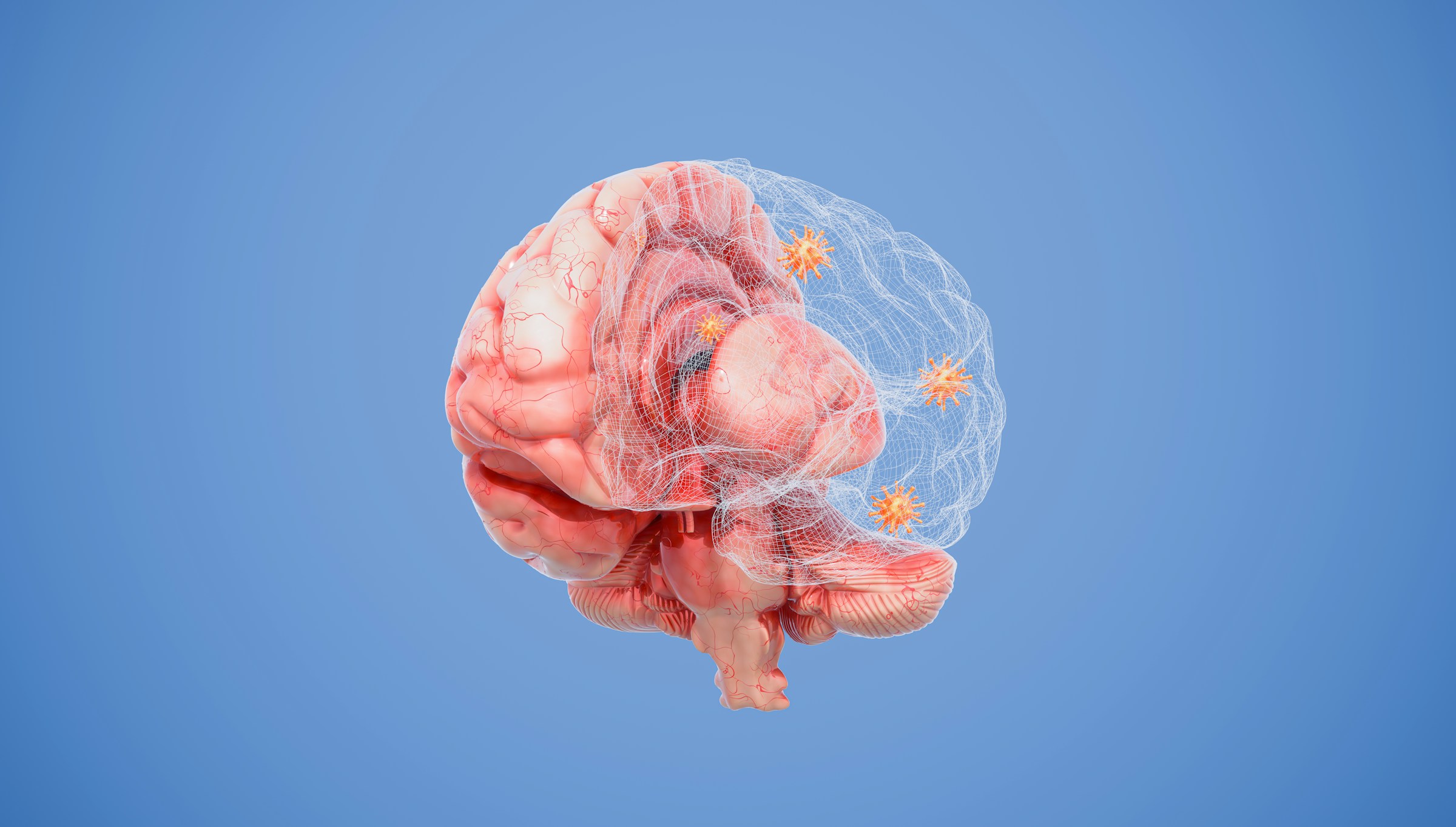
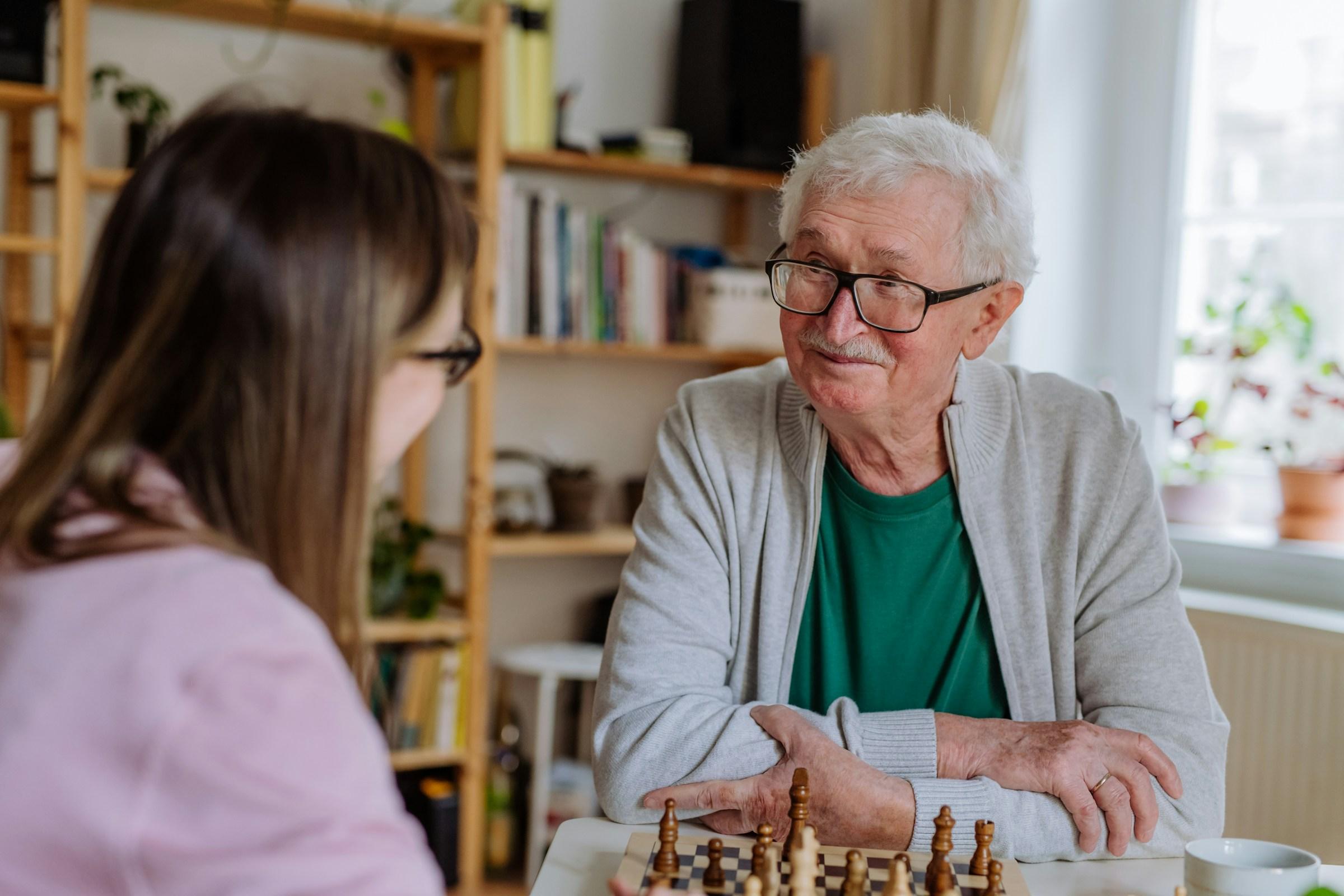
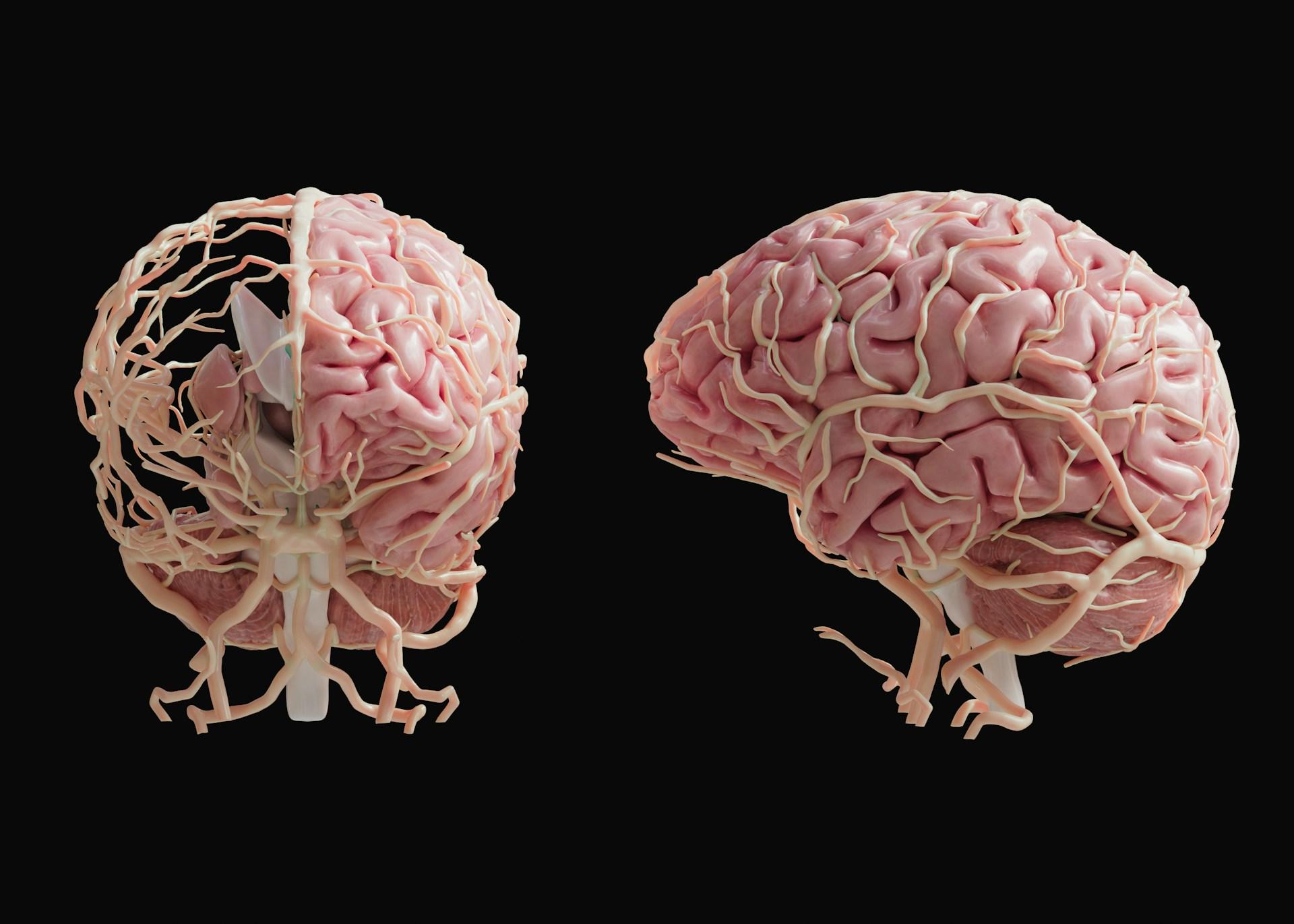




.jpg&w=3840&q=75)
